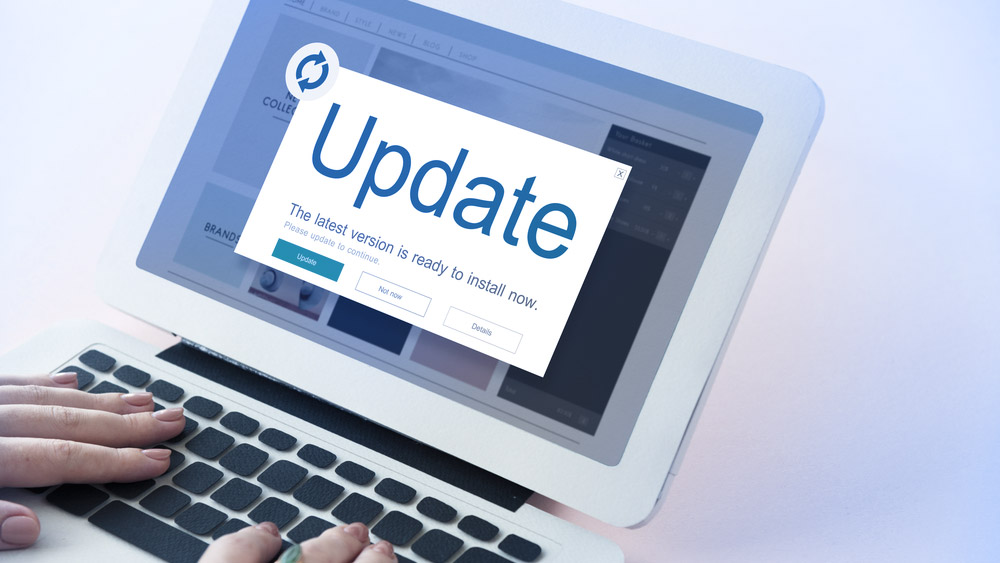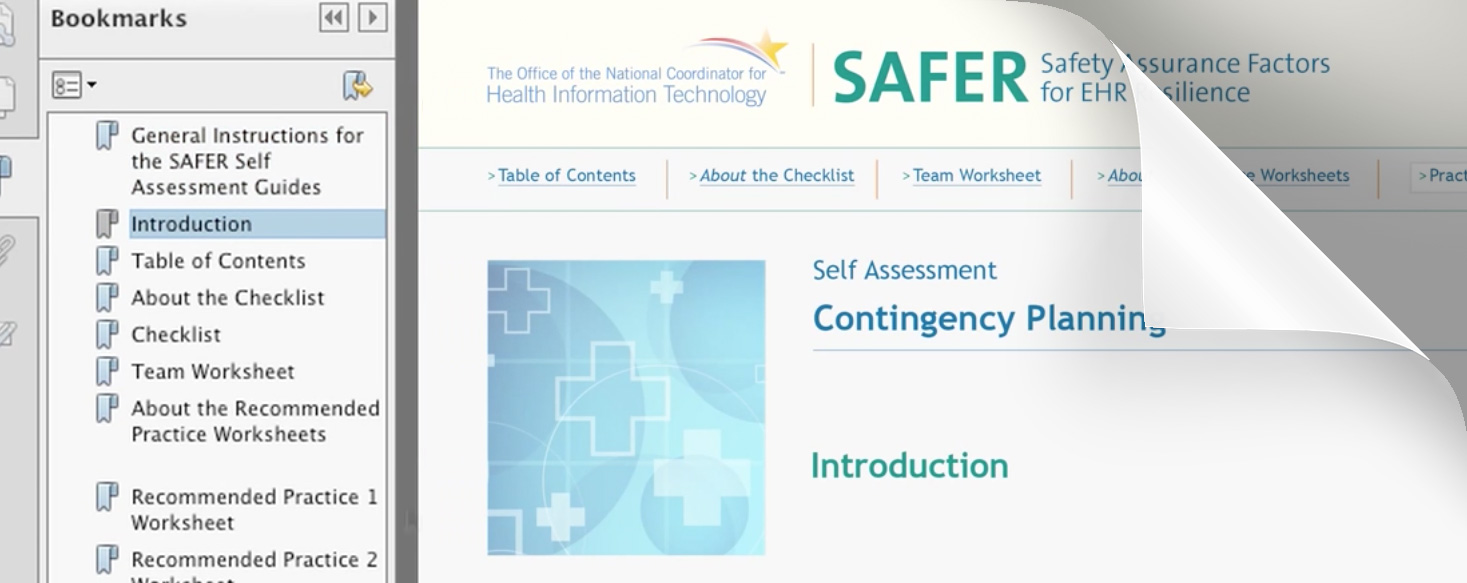Health IT Safety
![]()
Many doctors, nurses, and other health care professionals rely on health information technology (health IT) every day to support patient care. Health IT helps them use data for population health management, analytics, information sharing, and precision medicine. A well-designed, properly implemented, and responsibly used health IT system can improve patient safety and reduce user burden by better supporting clinical workflow and decision‐making.
The Office of the National Coordinator for Health Information Technology (ONC) strives to strengthen patient safety efforts and reduce medical errors through the effective use of health IT. Through this site, all interested stakeholders can learn more about selecting, upgrading, implementing, and using health IT to support more satisfying work experiences for clinicians and staff that help them deliver safer, higher-value care to patients.
Selecting or Upgrading Health IT
The electronic health record (EHR) is central to health IT. The ONC Health IT Playbook offers information to consider when selecting or upgrading an EHR. This includes an overview of our certification program and how certified products can help clinicians in practice.

Implementing Health IT
After selecting health IT products, there are many choices to make when implementing them within a practice or health system. ONC offers resources that help make choices that are safer for patients and friendlier to clinicians and staff, in such key areas as system configuration, optimizing system-to-system interfaces, and organizational practices.

Using Health IT
After selecting and implementing health IT systems, the next step is establishing and maintaining interactions between the systems and their users to foster safety. ONC offers resources that can help clinicians ensure patient safety while using and communicating information in a health IT-enabled environment.
SAFER Guides
The Safety Assurance Factors for EHR Resilience (SAFER) Guides help health care organizations conduct self-assessments to ensure Electronic Health Records (EHRs) are implemented using best practices.
The SAFER Guides also help identify and mitigate risks.


